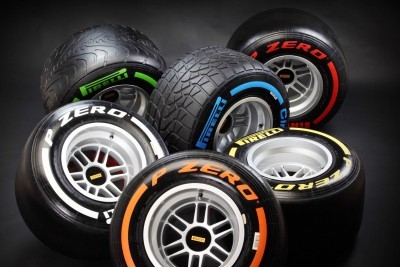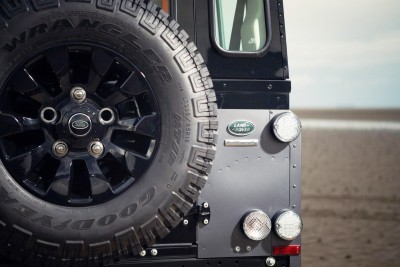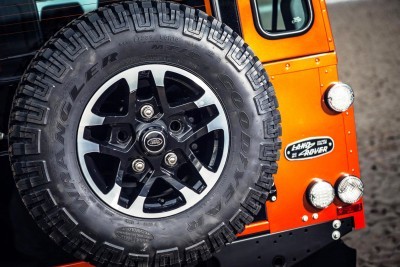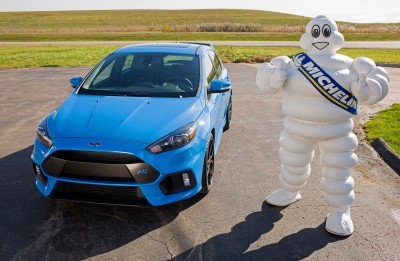When it comes to buying new tires for your vehicle, finding places to purchase them is fairly easy. What’s more challenging, however, is deciding which type is best for your car. While tire shop employees should be adept at steering you — pun fully intended — in the right direction, it’s still a good idea to be fully educated on the correct tires for your car.
With that in mind, the following tips can help you select the right tires for your particular vehicle:
1. Determine What Size Tire You Need
Much like you shop for the proper shoe size to fit your feet, your wheels require a specific size of tire to operate. To determine the recommended size of your tires for your vehicle, you can inspect the current set on your car or truck or look over your owner’s manual for this information.
According to Consumer Reports, the information will look a lot like this: P215/60R16 94T. The first group of the code refers to the tire’s width and diameter, while the “94” indicates how much load each tire can support; the letter T is the speed rating. While you have some wiggle room with the load index and speed rating, your new tires should match the tire size measurements.
2. Know the Best Tires for Your Vehicle
If you exercise regularly, you know it makes sense to wear — and your feet will ultimately feel more comfortable in — running shoes as opposed to loafers. When you extend this philosophy to tires, you know you also must determine which type of tire is best suited for how you drive, as well as the time of year in which you’ll be behind the wheel.
For example, an all-season tire is best for cars and minivans as well as older vehicles and parts of the country where it rarely gets below freezing. It’s also a cost-effective option that provides decent traction on dry and wet roads. Now, if you own a newer vehicle or do a lot of driving and want a tire that offers better handling, a performance all-season tire is the way to go.
Meantime, drivers of SUVs, regardless of whether you go off-roading, should consider all-terrain tires, which can handle most types of weather with ease and are good for both paved roads as well as off-road adventures.
3. Realize Most Brands Offer Multiple Tire Options
If you’ve always purchased a certain brand of tires for your SUV, you might think you need a different option for your new sedan. However, this is not always the case. In fact, most tire manufacturers offer numerous options for a variety of vehicles, so chances are you’ll be able to stick with your favorite company.
For example, online tire retailers offer a large selection of tires for a variety of vehicles. In particular, the Nitto Terra Grappler is best-suited all-terrain trucks and SUVs that can handle both the pavement and muddy conditions. Luxury car owners may also want to consider a Nitto tire, with options that offer a smooth ride and ultra-high performance for all seasons.
4. Know Mixing and Matching isn’t Advised
Just like you wouldn’t go to work in two different types of sneakers, you should never drive on any number of mismatched tires. Ultimately, you’ll experience the best performance when all four tires are the same size, contain the same tread pattern and have the same speed rating. Additionally, you should only be driving on winter tires when the temperature is near freezing.
With Some Advanced Research, Buying New Tires Can be Easy
With so many sizes, brands and types of tires from which to choose, buying new tires may initially seem overwhelming. But by learning to decipher the code on the side of your tires, thinking about your type of vehicle and the driving you do and then shopping for your preferred brand, you can rest assured you’re getting the best type of tire for your vehicle.

CRD Auto Industry Insider may contain helpful and on-topic partner content that auto enthusiasts and car shoppers find valuable.






























